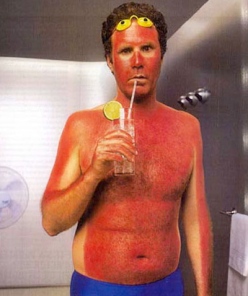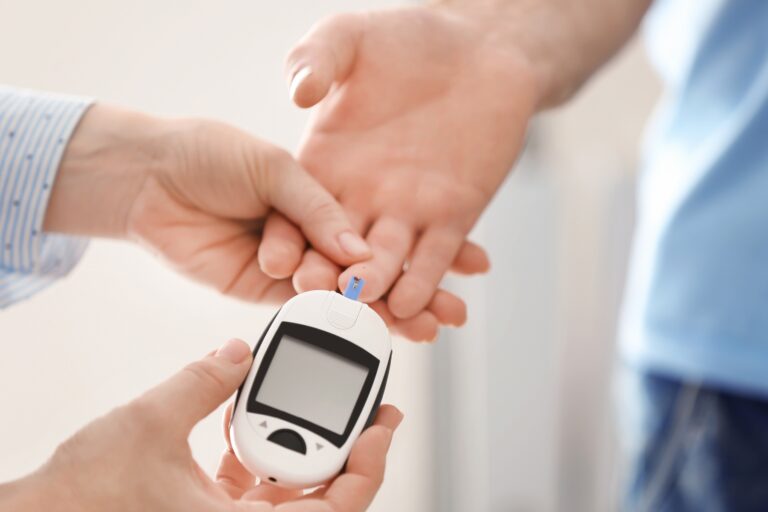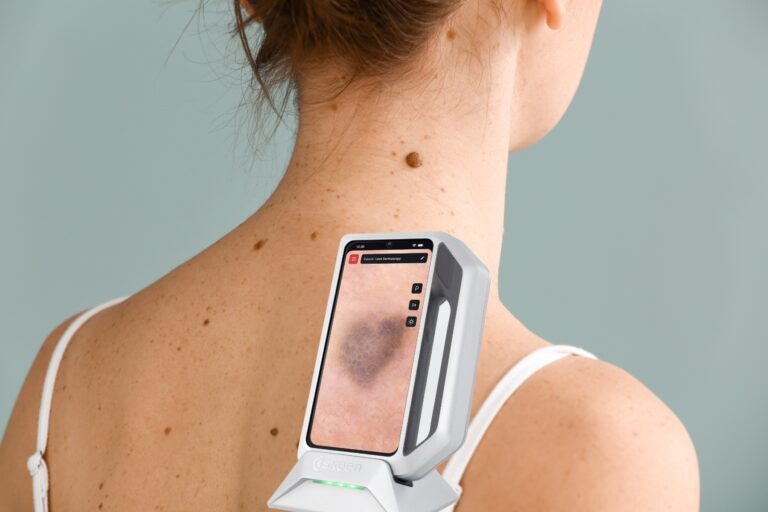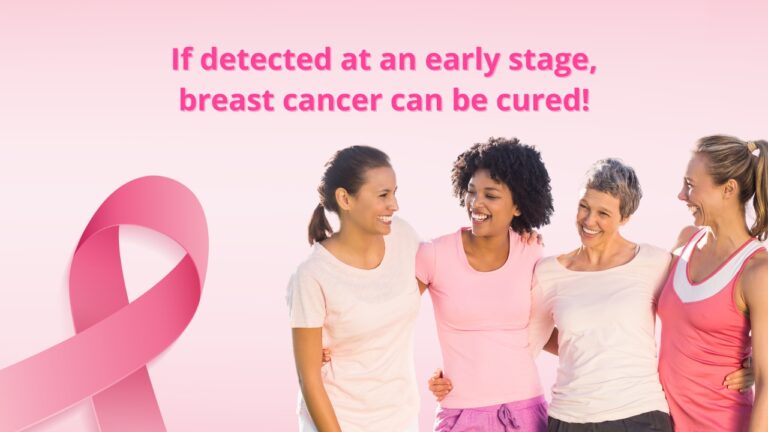According to my 2017 calendar, summer actually starts with the summer solstice, June 21, the longest day of the year in the northern hemisphere. Although hotter temperatures come deeper into the summer months, it is on this day that we should reflect on the power of the sun, and understand the impact it can have on our skin unless care is taken to avoid over-exposure. Dangers from the sun’s rays may be much more than just cosmetic and damage may have started as early as childhood. Now is the perfect time to start preparing for consequences of sunburn and see what steps can be taken to minimize further damage to our body’s largest organ.
What is sunburn?
 Getting sunburn is literally “a burn of the skin”, although unlike a contact burn, sun damage has already occurred before signs have appeared. In contrast to how you immediately react to touching a hot pan by pulling away, there is little immediate discomfort from spending hours in the direct sun and all the warning signs of over-exposure are missed. Hours later the discomfort will come with a bright-red sunburn. If this type of damage is allowed to happen over and over, it is possible that damage to your skin may result in cancer.
Getting sunburn is literally “a burn of the skin”, although unlike a contact burn, sun damage has already occurred before signs have appeared. In contrast to how you immediately react to touching a hot pan by pulling away, there is little immediate discomfort from spending hours in the direct sun and all the warning signs of over-exposure are missed. Hours later the discomfort will come with a bright-red sunburn. If this type of damage is allowed to happen over and over, it is possible that damage to your skin may result in cancer.
The actual culprit behind your sunburn is over-exposure to ultraviolet rays (UV), whereas lesser amounts of UV rays produce a suntan. There are two types of UV rays posing the most danger: ultraviolet-A (UVA), which are the long-wave rays, and ultraviolet-B (UVB), which are short. It is the UVB rays that are the more powerful and cancer-causing, but UVA rays are the ones that prematurely age the skin.
Learn more about UVA & UVB rays.
![]() Five rules to avoid damage from the sun
Five rules to avoid damage from the sun
- Avoid the sun between 10am and 4pm. This means staying in the shade or indoors. You definitely don’t want to schedule a pool party around noon.
- Wear a hat with a large brim that will cover your face and neck. Studies show that most skin cancer occurs in this area, so make sure the brim goes all the way around. Baseball caps will not prove the protection you need and trucker’s caps look as silly today as they did 15 years ago.
- Wear sun-protective clothing with a tight weave. Nowadays you can find clothes labeled for UPF – “ultraviolet protective factor”.
- Sunscreen is a must!
Reapply every few hours while you’re active and absolutely reapply after a swim. Use sunscreen that protects against UVA and UVB damage and has an SPF (Sun Protection Factor) of at least 15. The higher the SPF, the higher the level of protection.
How much more protection does a 30 SPF offer than a 15? If you guessed twice as much, you’re wrong. An SPF of 15 screens 93 percent of UVB rays, while SPF 30 screens 97 — just four percent more. UVB protection does not increase proportionally with the SPF number. There’s a large jump between an SPF of 2, which protects against 50 percent of UVB rays, and 15, but after that the increments are small. If you’re going to be outside for a long time, experts recommend an SPF 30 minimum.
- Wear sun-protective eyeglasses to prevent eye damage and cataracts.
- What to do if you have a burn? According to the American Academy of Dermatology you need to start dealing with sunburn as soon as it is noticed, which means getting out of the sun. The damage is already done, so do not spend any more time adding to it. Once inside you should begin the following:
- Take cool baths or showers to relieve the pain. Gently pat dry but leave a little moisture on the skin. Since you skin is bound to dry out, now is a great time to start applying some moisturizer all over.
- Use a moisturizer with aloe vera. You can even spread aloe vera sap on your skin from your own plants. “Do not treat sunburn with ‘-caine’ products (such as benzocaine), as these may irritate the skin or cause an allergic reaction.” – aad.com
- Take a pain reliever such as aspirin or ibuprofen to help relieve the swelling and discomfort (avoid if you have been drinking alcohol).
- Drink water! That sunburn is going to dry out your skin. Drinking water is a great way to put it back into your system.
- Don’t pop any blisters that form! Seriously, leave them alone.
- Stay out of the sun uncovered while your skin heals.
Remember that even though sunburn can be as fleeting as the long summer nights, repeated damage may harm you in the long term. Your skin is your body’s largest organ and skin cancer is one of the most common, but treatable, of cancers. While a suntan may look healthy, dried out, leathery old skin is not. Treat your skin with respect
FirstMed offers skin cancer screening and mole removals with special prices and weekend hours. See our offers for more details.




